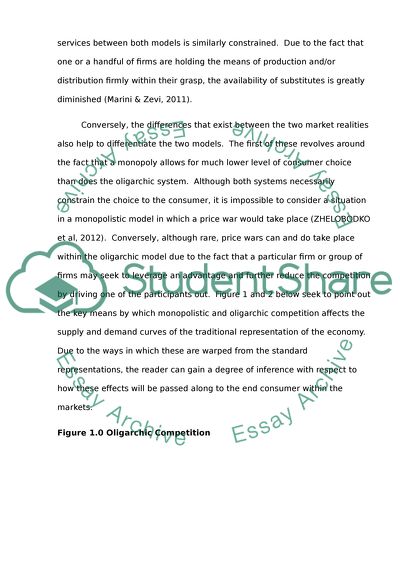Cite this document
(“Market realities and the maximalization of consumer good Essay”, n.d.)
Market realities and the maximalization of consumer good Essay. Retrieved from https://studentshare.org/marketing/1470877-market-realities-and-the-maximalization-of-consumer-good
Market realities and the maximalization of consumer good Essay. Retrieved from https://studentshare.org/marketing/1470877-market-realities-and-the-maximalization-of-consumer-good
(Market Realities and the Maximalization of Consumer Good Essay)
Market Realities and the Maximalization of Consumer Good Essay. https://studentshare.org/marketing/1470877-market-realities-and-the-maximalization-of-consumer-good.
Market Realities and the Maximalization of Consumer Good Essay. https://studentshare.org/marketing/1470877-market-realities-and-the-maximalization-of-consumer-good.
“Market Realities and the Maximalization of Consumer Good Essay”, n.d. https://studentshare.org/marketing/1470877-market-realities-and-the-maximalization-of-consumer-good.


